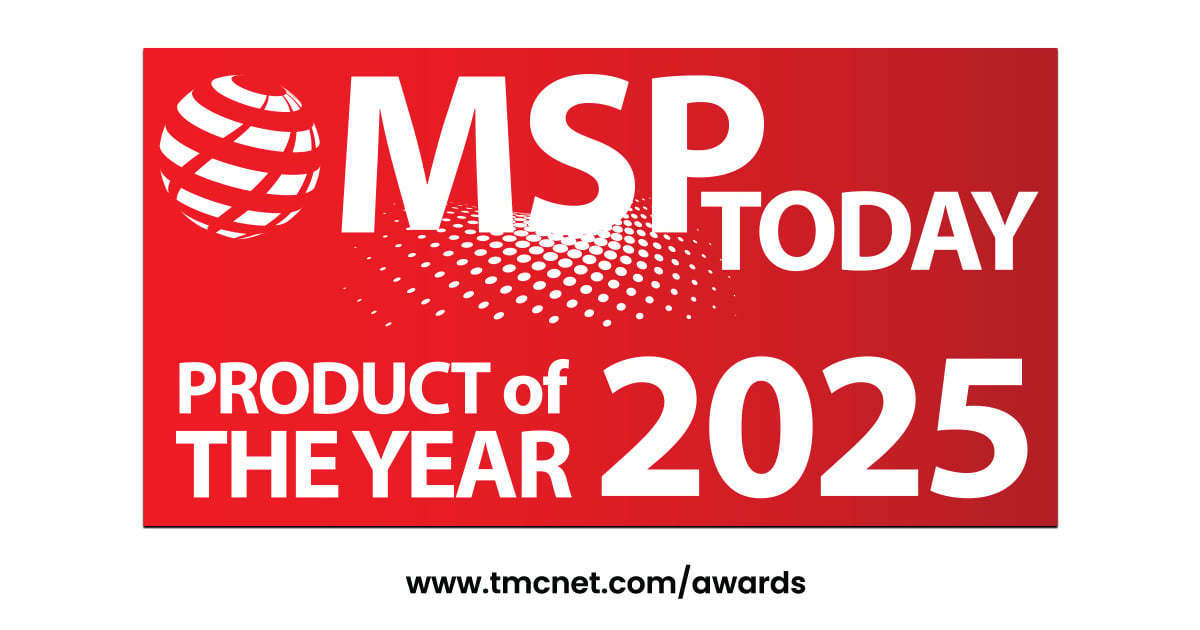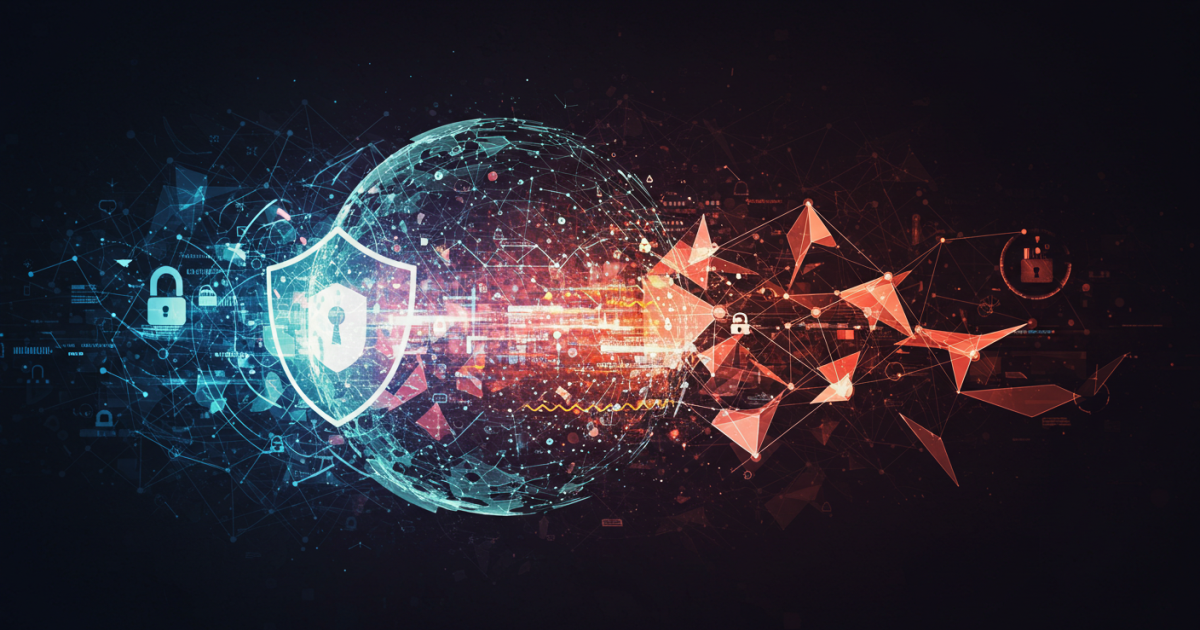
Cyberattacks are rising, and businesses are often caught off guard. Hackers target vulnerabilities faster than many companies can react. One breach could cost millions or even destroy customer trust overnight. Did you know that cybercrime damages may reach $8 trillion this year? That’s more than the GDP of most countries. It’s no longer a question of "if" but "when" an attack might happen to your business. This blog will explain how to safeguard your organization from these threats. You’ll learn practical steps for creating a strong defense and staying ahead of attackers in today’s digital competition. Stay tuned!
The Evolving Cyber Threat Landscape
Threat actors grow more intelligent with each passing day. Ransomware attacks rose by 13% in 2023 alone, according to recent data. Phishing scams now imitate real emails so accurately that even experienced employees fall for them. Small businesses face these same threats, often without the resources larger enterprises have.
Hackers no longer only target sensitive data or customer information. Interruption of systems and business continuity has become a primary goal. Remote work broadened weak points within corporate networks while IoT devices created countless new opportunities for exploitation.“Every device connected to your network is another window someone could breach,” warns one security expert.
Key Components of a Strategic Cybersecurity Plan
A solid plan starts with recognizing your risks and vulnerabilities. Constructing strong defenses is like securing every door before the storm arrives.
Risk assessment and management
Identifying vulnerabilities early is crucial for combating cyber threats. Conduct thorough evaluations to pinpoint weaknesses in your systems, networks, and processes. Prioritize risks based on their potential impact. Focus resources on critical issues that could interrupt business operations or compromise data security. Implement consistent monitoring to decrease exposure to attacks. Apply effective security controls like firewalls or access restrictions aligned with the identified risks. Regular updates maintain defense measures effectively against changing threats. This step establishes the foundation for a solid cybersecurity approach, leading to effective policy development. For a proactive security foundation, consider using structured tools like this checklist to secure your IT infrastructure and prevent gaps before they’re exploited. You can explore frameworks such as the NIST Cybersecurity Framework, as outlined in this article by Silent Sector, to further strengthen your cybersecurity strategy.
Security policy development
Clear security policies set the foundation for strong cyber defenses. They define rules and expectations to protect data, systems, and networks from breaches. A good policy outlines who has access to sensitive information and how employees handle potential risks. Without clear guidelines, mistakes can lead to costly issues. "Consistency is what turns an average system into a secure fortress."
Incident response planning
A prompt response to cyber attacks safeguards business operations and maintains customer confidence. Draft a comprehensive plan that specifies crucial team members, communication methods, and detailed procedures in the event of a breach. Define roles explicitly to ensure clarity during urgent circumstances. Regularly evaluate your incident response approach through mock attacks. These activities identify vulnerabilities in systems and organizational decision-making processes. Enhance security protocols based on results to minimize harm from future incidents.
Leveraging AI and Automation in Cybersecurity
AI addresses cyber threats more efficiently than humans ever could. It identifies unusual activity, recognizes patterns, and prevents attacks in real-time. Automation manages repetitive tasks such as updating software or continuously monitoring networks. This decreases human errors while conserving time. Intelligent systems react to breaches immediately, minimizing damage before it spreads. Businesses also acquire foresight by examining past data for risk trends. These advanced approaches enhance defense strategies without adding to workloads or stretching budgets.
Integrating Cybersecurity with IT Infrastructure
AI-driven tools can identify threats, but incorporating them into IT systems enhances defenses. Cybersecurity measures should operate collaboratively with hardware and software to prevent breaches. This is where trusted managed service providers can assist—Ann Arbor MSPs like Systems-X offer integrated solutions that align security with daily infrastructure operations. Centralized control simplifies oversight across all devices. This method ensures swift responses to cyberattacks or vulnerabilities without interrupting daily operations. Regular updates keep security systems aligned with changing digital threats while safeguarding sensitive data effectively.
Measuring and Improving Cybersecurity Effectiveness
Assessing your defenses helps pinpoint weak spots before attackers do. Small tweaks today can save big headaches tomorrow.
Regular audits and assessments
Regular audits and assessments are essential for protecting assets and maintaining robust security measures. They help reveal vulnerabilities before cybercriminals exploit them.
- Conduct frequent reviews of your IT infrastructure to identify weak areas. Cyber threats evolve quickly, so regular checks reduce blind spots.
- Assess the effectiveness of current security controls by testing their performance under simulated attacks. This ensures defenses remain dependable against real threats.
- Verify compliance with industry regulations like GDPR or HIPAA to avoid substantial fines or legal issues. Falling short of standards can damage your reputation and finances.
- Monitor employee adherence to cybersecurity policies during audits. Human error is a major cause of breaches, and regular checks highlight risky behaviors.
- Track critical software updates and patches through assessments to keep systems protected against new vulnerabilities hackers exploit.
- Check backup systems consistently to confirm recoverability during crises like ransomware attacks. Data recovery plans must operate effectively under pressure.
Staying consistent with assessments builds a stronger foundation for ongoing monitoring, which supports incident response planning as part of the cybersecurity strategy framework. In many cases, having responsive support like an IT help desk in Chicago can reduce downtime during incidents and reinforce your broader response strategy.
Continuous monitoring and updates
Keeping enterprise systems secure demands vigilance. Continuous monitoring and updates act as the backbone of a strong cybersecurity strategy.
- Identify vulnerabilities in real-time through 24/7 monitoring. This helps catch cyber threats like phishing or malware before they escalate into breaches.
- Use automated tools to detect unusual patterns across networks. Suspicious activities, like unauthorized access attempts, are flagged instantly for investigation.
- Apply software patches and firmware updates regularly to fix security loopholes. Hackers often exploit outdated systems with known weaknesses.
- Monitor third-party vendors who have access to your network. This reduces risks from supply chain attacks that can compromise your data security.
- Keep an eye on user behaviors within the system to avoid internal threats. Employees accessing sensitive files unnecessarily is a red flag worth addressing.
- Maintain real-time threat intelligence feeds to stay ahead of new attack methods globally. Staying informed ensures better preparedness against evolving risks.
- Invest in advanced solutions powered by AI for faster response times during incidents. Quick action prevents small issues from turning into major disasters.
- Track security measurements consistently, such as failed login attempts or unusual file transfers, to measure effectiveness over time.
- Update antivirus software and firewalls frequently for stronger cyber defense capabilities against new threats.
- Train employees about current cyber risks and safe practices through regular awareness programs, as human errors remain a significant vulnerability point for most enterprises.
Conclusion
Cybersecurity is no longer optional. Threats grow faster than ever, and businesses must adapt. Protecting assets takes planning, action, and vigilance. Stay sharp with smart tools and clear strategies. Your business depends on it—and so does trust from your customers.






